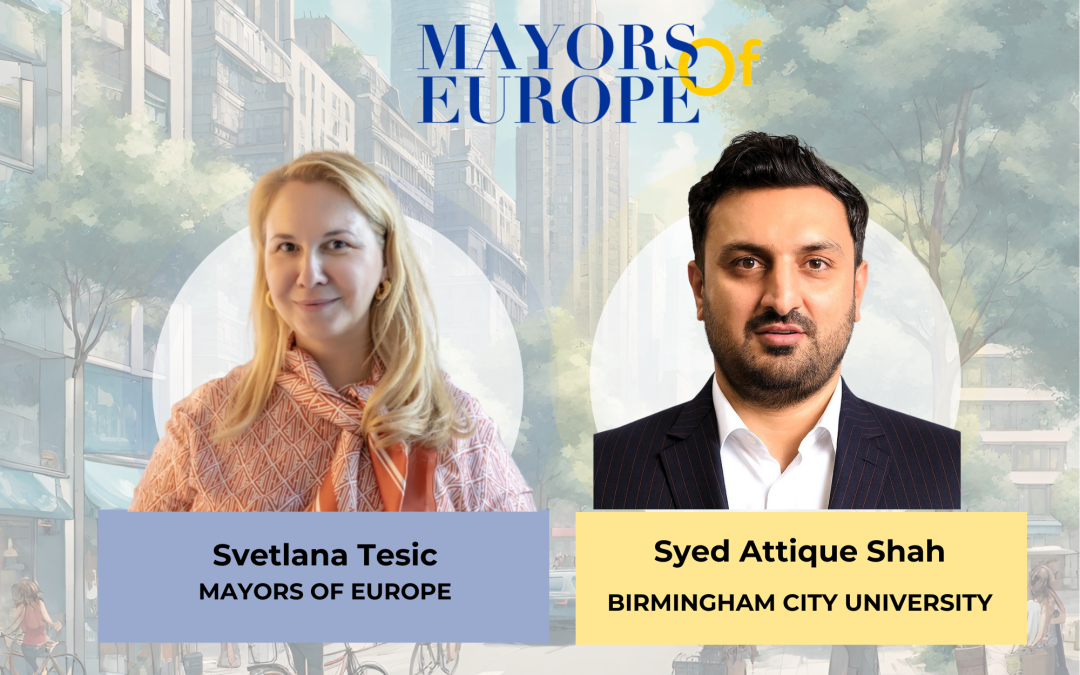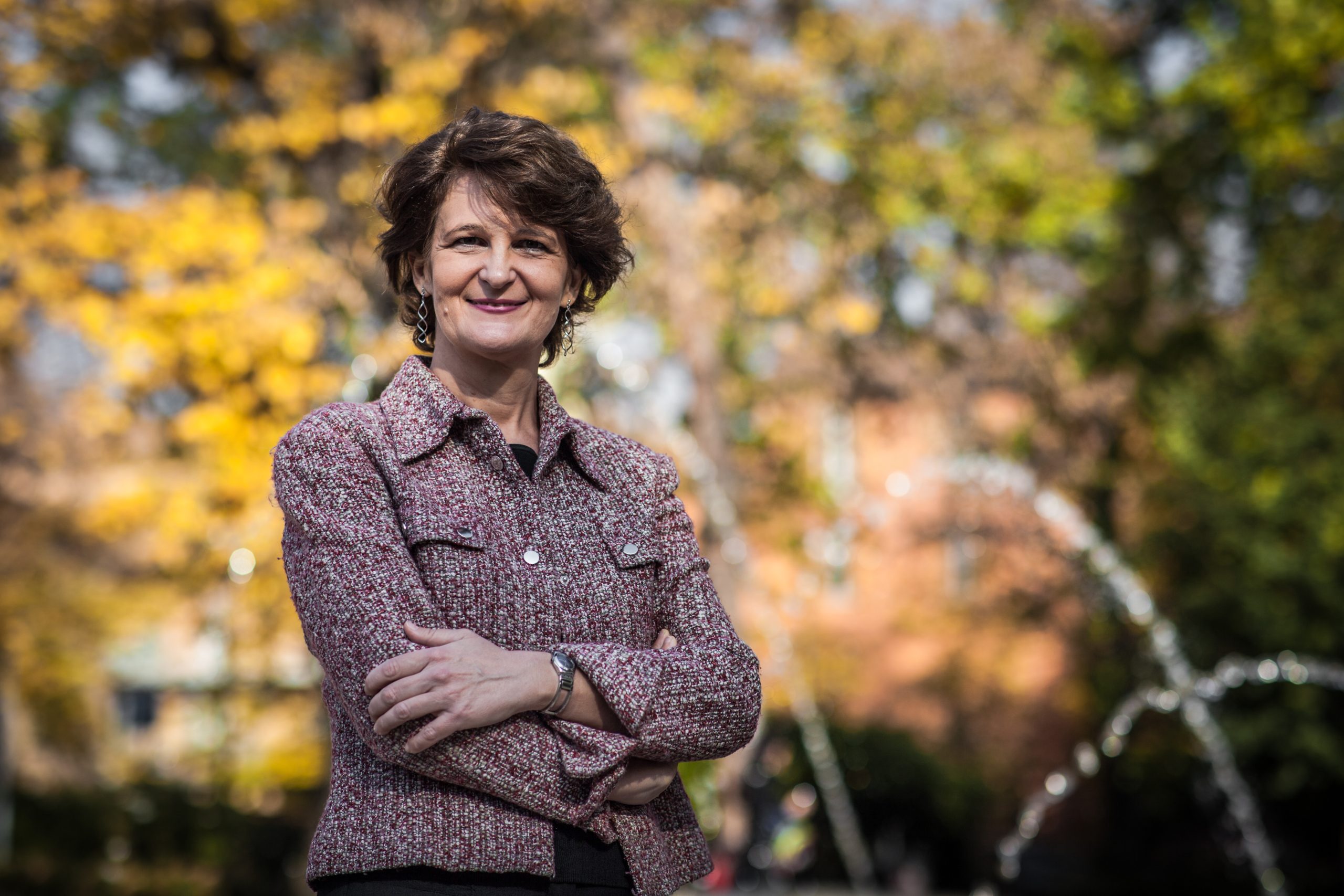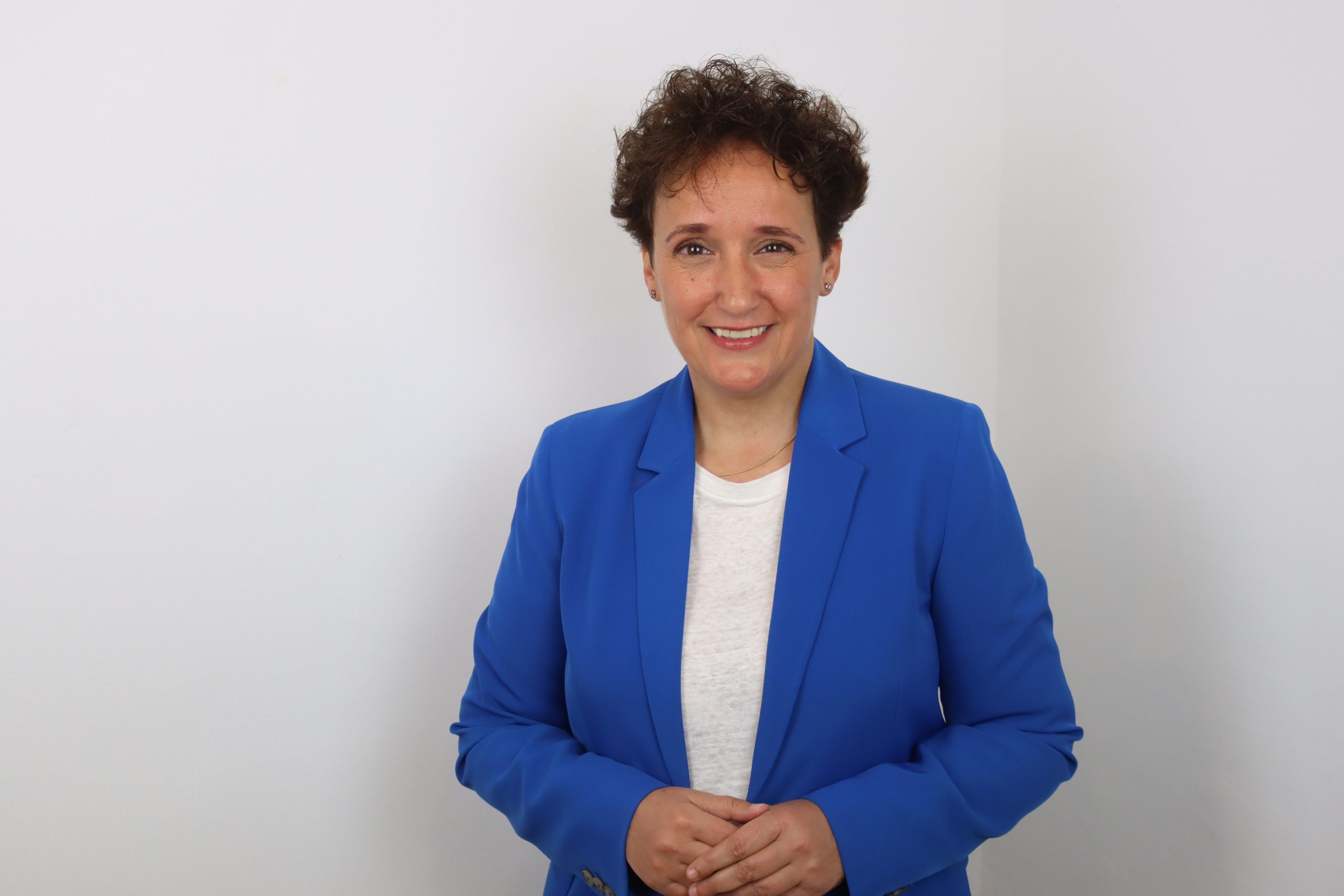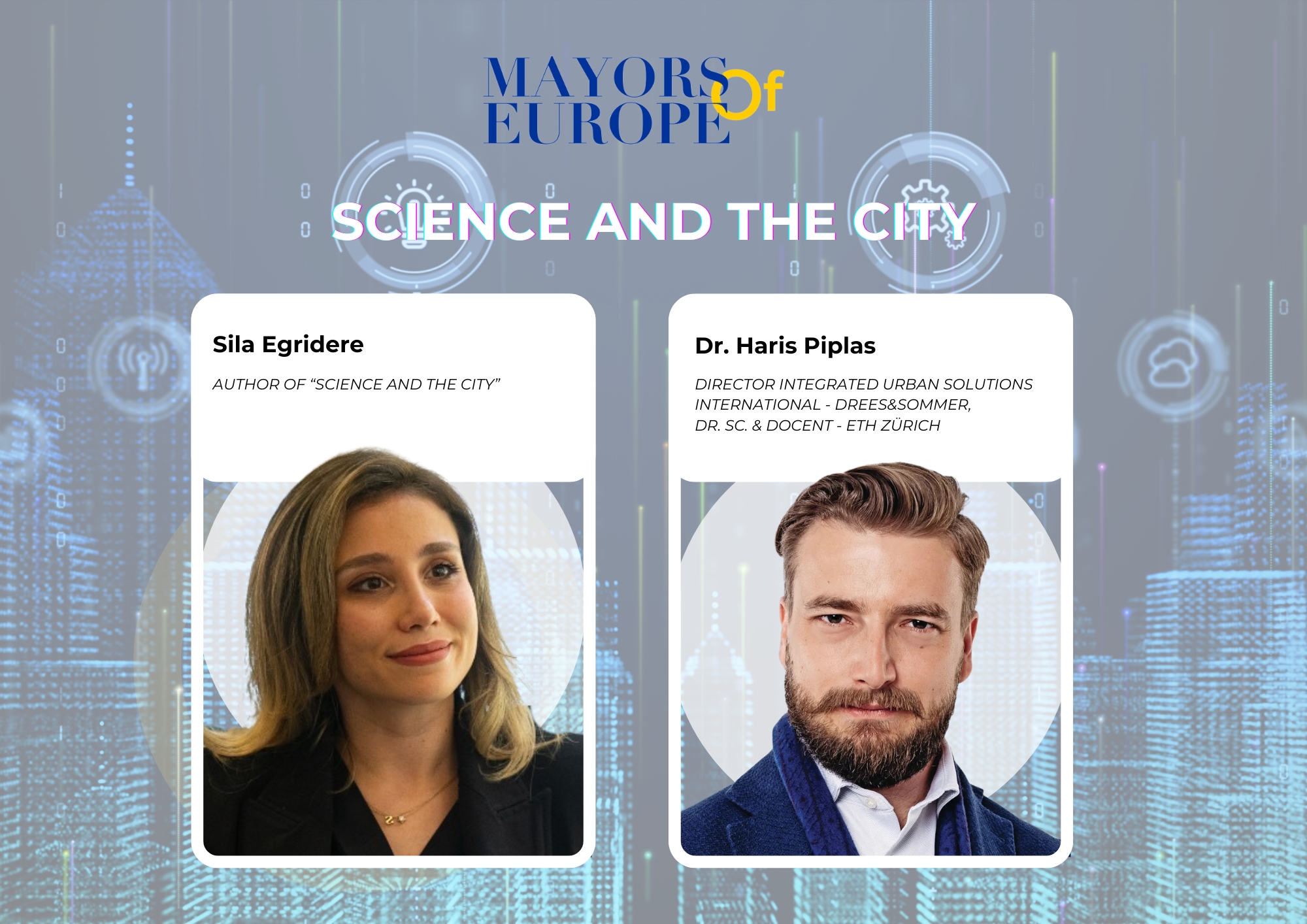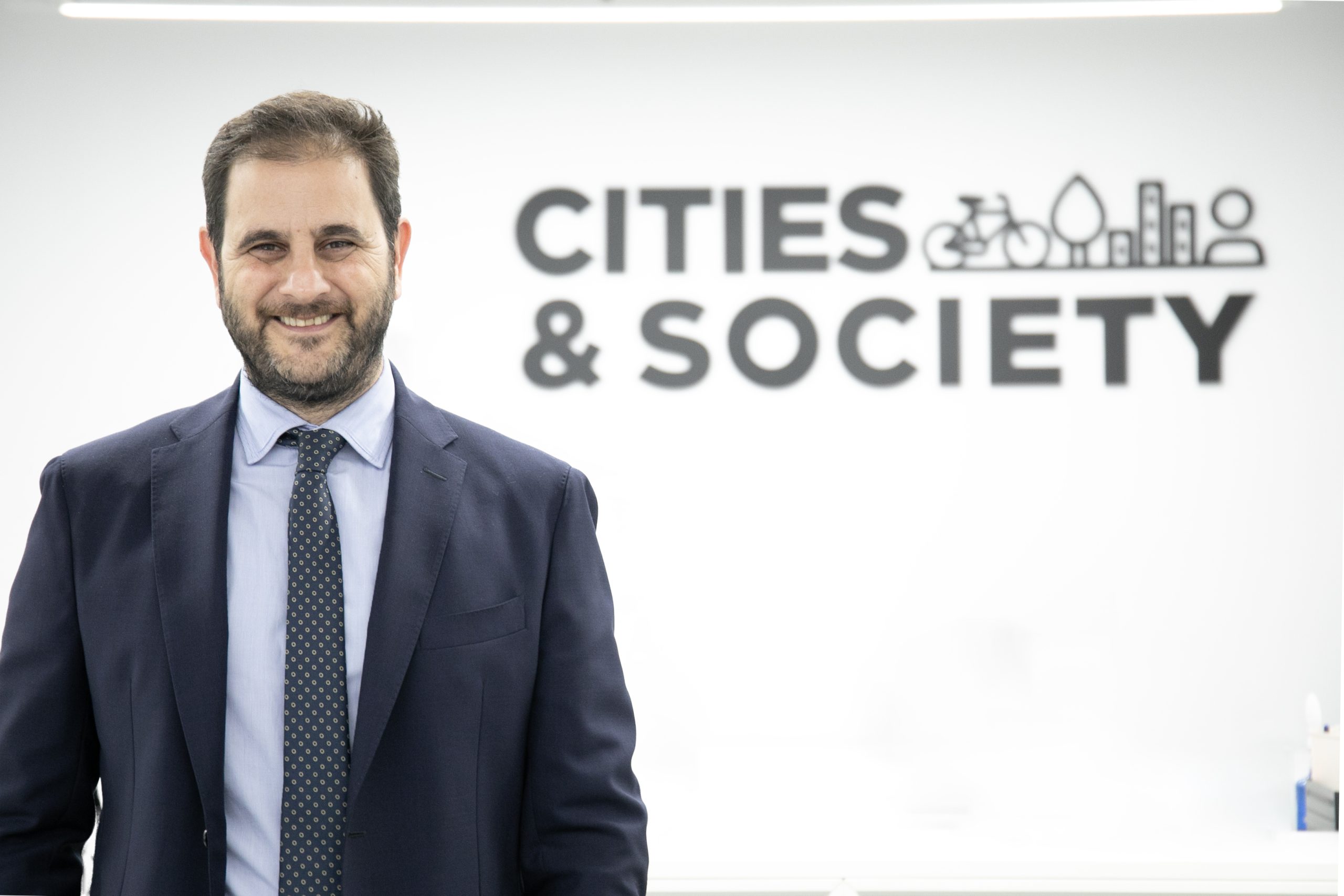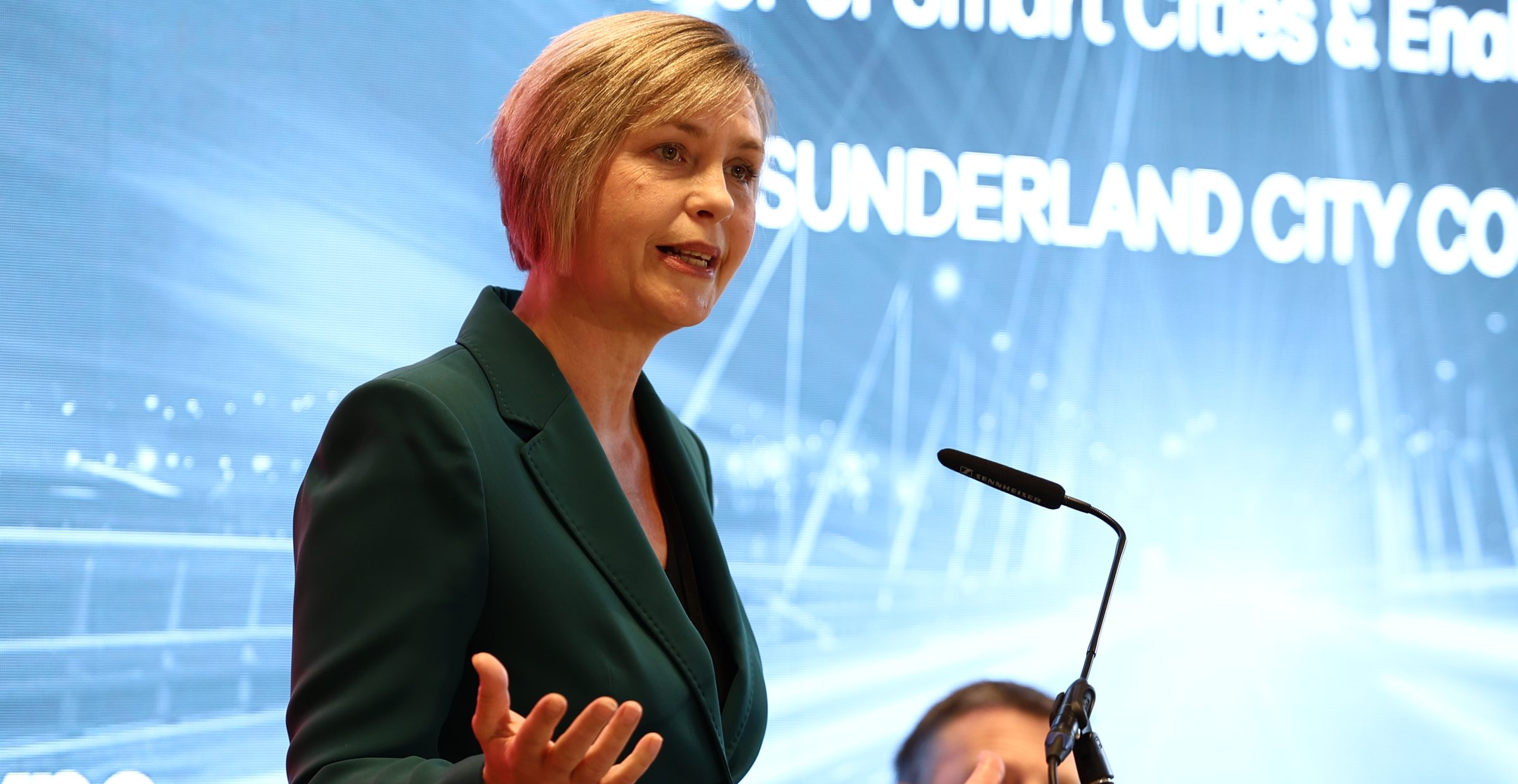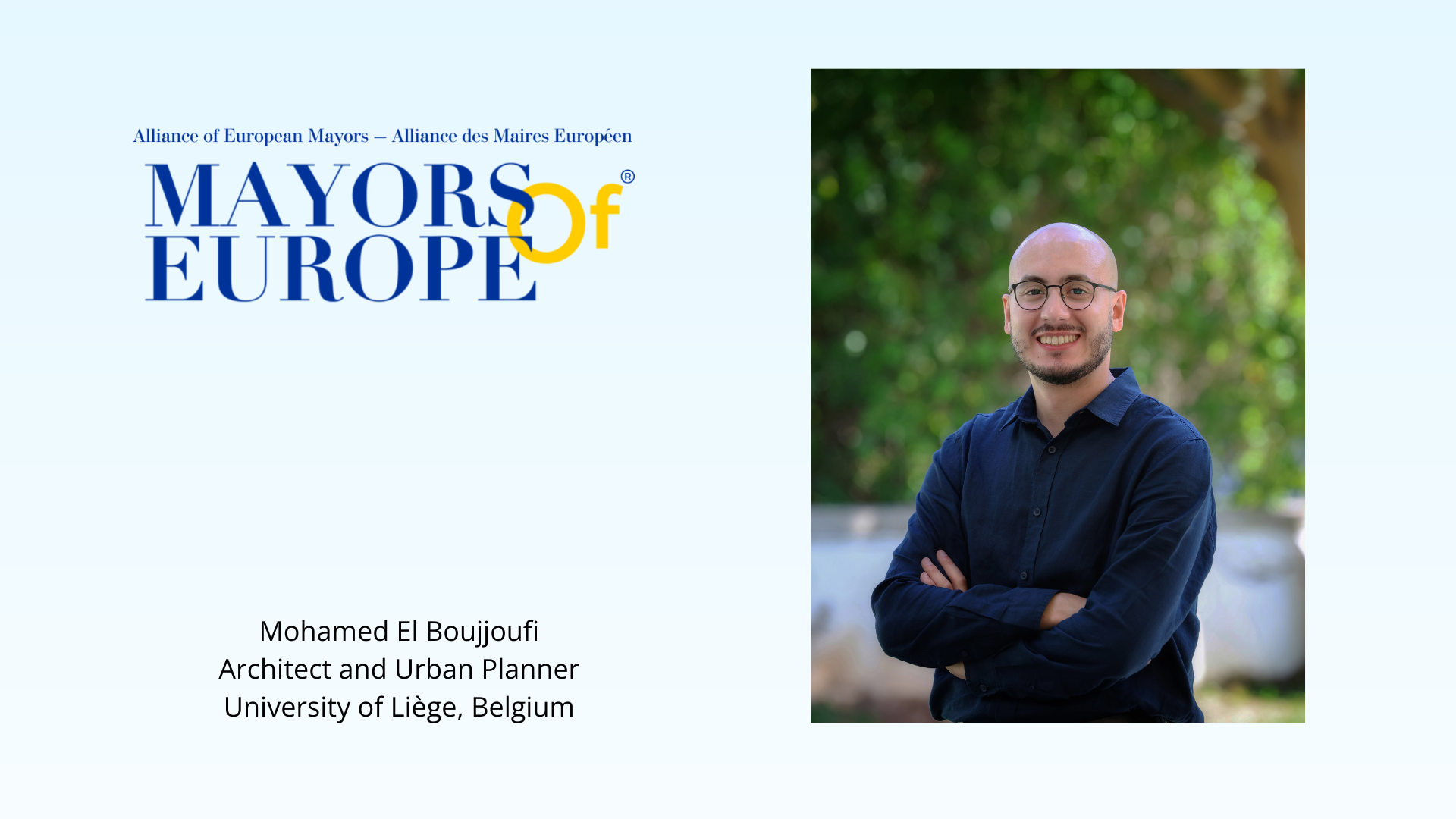Innovation with Integrity: Ethical AI in Urban Governance — Dr. Shah’s Perspective
Dr. Syed Attique Shah is a Senior Lecturer in Smart Computer Systems at the Department of Computer Science, Birmingham City University (BCU), UK. He also serves as the Course Lead/Director for the MRes in Computing and MSc Advanced Computer Networks at BCU. With over 12 years of experience in teaching and research, he has established a distinguished academic career with expertise in computer science. Prior to joining BCU, he held positions as a Lecturer/Assistant Professor at the Data Systems Group, Institute of Computer Science, University of Tartu, Estonia, and as an Associate Professor and Chairperson of the Department of Computer Science at BUITEMS, Quetta, Pakistan. Dr. Shah completed his Ph.D. at Istanbul Technical University, Turkey, in 2019.His international experience spans institutions across Estonia, Turkey, Pakistan, Taiwan, China, and Japan, providing him with valuable insights into diverse academic and professional standards. His research focuses on cutting-edge areas such as Machine Learning, Data Science, Image Processing, Software-Defined Networking (SDN), and the Internet of Things (IoT). He has published over 30 Q1 journal papers with a cumulative impact factor exceeding 100, accumulating more than 2,800 citations and an h-index of over 24.
Dr. Shah’s leadership as Principal Investigator (PI) on two major UK-funded projects highlights his success in securing funding (£100k total) and driving innovation. He is spearheading the Alan Turing Institute/UKRI DTNet+ project (£50,000), establishing AI-enabled digital twin frameworks to model and optimise Positive Energy Districts using real-time data and intelligent decision support. As PI on another EPSRC/UKRI/DfT project (£50,000) under the National Hub for Decarbonised, Adaptable, and Resilient Transport Infrastructures (DARe) Transport Hub, he applied multi-agent systems and federated learning to develop AI strategies enhancing climate resilience in UK transport infrastructure.
You’ve been recognized among the world’s top 2% of scientists by Stanford and Elsevier, a tremendous honor. How do you see the responsibility of scientists today, not just to innovate, but to ensure technology benefits people and society?
Being recognised among the world’s top 2% of scientists by Stanford and Elsevier is indeed an honor, but more importantly, it comes with responsibility. I believe the role of scientists today extends well beyond generating novel ideas or publishing in high-impact venues.
We are working at a time when technologies such as AI and Internet of Things are deeply shaping economies, governance, and daily life. With that comes the duty to embed ethics, inclusivity, and sustainability at the core of our innovations. Scientific advancement should not be an end in itself but a tool for addressing societal challenges, whether that’s mitigating climate change, reducing digital inequality, or strengthening resilience against crises.
For me, this means engaging not only with technical communities but also with policymakers, industry, and the public. It means ensuring that research outputs are explainable, accessible, and aligned with societal needs. Ultimately, I see our responsibility as bridging the gap between cutting-edge innovation and real-world benefit, making sure technology empowers rather than marginalises people.
What role do you see universities playing in bridging the gap between cutting-edge AI research and the very real needs of city administrations?
I think, universities are uniquely positioned to act as bridges between cutting-edge AI research and the operational needs of city administrations. On one hand, they generate frontier knowledge in areas such as data analytics, digital twins, and machine learning; on the other, they are trusted, neutral institutions embedded in their local communities.
I see three main roles. First, universities can translate advanced research into practical, scalable tools that address cities’ priorities, such as energy efficiency, climate resilience, and mobility. For example, my own work on AI-driven digital twins directly supports decision-making in Positive Energy Districts and transport resilience.
Second, they serve as conveners of stakeholders, bringing together policymakers, technologists, businesses, and citizens to co-design solutions that are both technically sound and socially inclusive.
Finally, universities can develop the human capital city administrations need by training graduates and professionals with both technical expertise and an understanding of policy and societal impacts.
Having said that, I feel universities must ensure AI innovation is not confined to labs but embedded in governance, delivering tangible public value.
You’re leading groundbreaking projects on AI-enabled digital twins for Positive Energy Districts. How do you see digital twins transforming the way cities approach sustainability and energy resilience in the next decade?
Digital twins, in my view, are not just technical models (digital models) or what we call “digital shadows,” but living, breathing companions to our cities. Powered by real-time data streams from sensors and IoT devices, they allow us to see how decisions today ripple into the future, whether that’s the effect of adding solar panels to a school, shifting traffic flows, or managing heatwaves. This real-time capability makes them dynamic tools that don’t just reflect the present but actively anticipate and guide better choices for tomorrow.
Over the next decade, I believe digital twins will transform sustainability and energy resilience in three important ways. First, they will make the invisible visible, helping policymakers, communities, and even schoolchildren understand energy flows, emissions, and trade-offs in real time. Second, they will allow cities to experiment safely in the virtual world before making costly real-world investments, reducing risks and saving resources. And third, they will support community participation, giving residents a voice in shaping sustainable futures by showing how their choices matter.
For me, what excites me most is the human impact: more comfortable homes, cleaner air, lower bills, and stronger, more resilient communities. I think, Digital twins, when powered by AI, are not just about data, they’re about creating cities that truly work for the people who live in them.
As an IEEE Senior Member and Chartered IT Professional, how do you view the balance between rapid AI adoption and the ethical, regulatory guardrails now emerging in Europe (like the EU AI Act)?
I see rapid AI adoption as both exciting and demanding of responsibility. While I follow EU developments like the AI Act, I am more familiar with the UK’s pro-innovation regulatory approach, which emphasises agility, accountability, and trust. Striking the right balance means ensuring that ethical guardrails evolve in parallel with innovation, so that adoption benefits people and society without stifling creativity.
What do you see as the biggest barrier and at the same time the biggest opportunity for applying such advanced AI techniques to public systems?
The biggest barrier is trust. Public systems deal with sensitive data and affect people’s daily lives, so concerns around privacy, fairness, and accountability often slow down adoption. Without public confidence, even the best technologies struggle to take root. At the same time, the biggest opportunity lies in using AI to make these systems more anticipatory and responsive, whether through predictive maintenance of infrastructure, real-time traffic management, or optimising energy in schools and hospitals. If we can overcome the trust barrier with transparency and co-design, AI can help public systems become not only more efficient but more humane and citizen-centred.
Many European mayors are curious but cautious about AI adoption. From your research, what practical advice would you give local leaders who want to responsibly introduce AI for citizen services, energy, or mobility?
My advice to local leaders would be to start small, stay transparent, and keep people at the centre. AI doesn’t need to begin with grand, city-wide deployments, it can start with pilot projects, such as using predictive analytics to optimise traffic signals or energy use in a handful of public buildings. These smaller initiatives build confidence and allow room for adjustment before scaling up. Transparency is critical: clearly communicating what data is being used, why, and how decisions are made helps address citizen concerns. Finally, co-design with communities ensures that AI solutions reflect real needs, whether that’s safer streets, affordable energy, or more reliable transport. From my own research on AI-enabled digital twins, I’ve seen that when leaders involve citizens early and demonstrate tangible benefits, adoption becomes not only smoother but genuinely transformative for trust and resilience.
How can digital twins go beyond technical models to become real decision-support tools for policymakers and communities?
I feel digital twins evolve into true decision-support tools when they integrate real-time sensor data streams, AI-driven predictive analytics, and scenario-based simulations rather than remaining static “digital shadows.” For policymakers, this means the ability to run multi-objective optimisation models, testing how interventions like congestion pricing, renewable energy integration, or adaptive traffic signal control affect KPIs such as carbon emissions, energy efficiency, or service equity. For communities, interfaces such as interactive dashboards, AR/VR visualisations, and agent-based simulation outputs make complex trade-offs tangible showing, for example, how adding rooftop solar changes household energy bills, or how new cycling infrastructure reduces peak-time congestion. By combining IoT, cloud computing, reinforcement learning models, and system dynamics, digital twins move beyond being purely technical artefacts to becoming transparent, participatory, and evidence-based decision-support platforms. They allow both leaders and citizens to interrogate “what-if” scenarios collaboratively, bridging the divide between data science and democratic governance.
We often hear about the metaverse in entertainment and gaming, but what untapped opportunities do you see for cities, especially in areas like citizen participation, planning, or education?
The metaverse, often associated with entertainment, holds far greater potential when applied to cities in general. Imagine participatory planning where citizens walk through proposed developments in immersive VR environments before decisions are finalised, or classrooms where students explore digital twins of their own neighborhoods to understand climate change impacts. For city leaders, the metaverse could serve as a collaborative policy sandbox, combining 3D geospatial modelling, AR/VR interfaces, and real-time data overlays to make trade-offs in housing, transport, or energy both transparent and engaging. This shift transforms citizens from passive recipients of policy to active co-creators of urban futures. Beyond engagement, it can also serve as a training platform, simulating emergency responses, sustainable building practices, or mobility planning, embedding knowledge directly into communities. In essence, the metaverse offers cities a chance to democratize decision-making, enhance digital literacy, and bridge the gap between abstract policies and lived experiences.
How can the metaverse act as a bridge between digital twins and citizens, helping them not only visualise but also co-create future city policies and projects?
We know that the metaverse can serve as a human-digital interface layer that connects the analytical depth of digital twins with the lived experiences of citizens. Digital twins excel at modelling complex urban systems, energy flows, mobility patterns, microclimate dynamics, but without an accessible front-end, these insights often remain confined to experts. By embedding digital twins into immersive metaverse platforms, citizens can interact with real-time IoT data streams, predictive AI models, and multi-agent simulations in ways that are intuitive and participatory. For instance, residents could explore a virtual overlay of their district to test how introducing electric buses or green roofs would affect air quality and energy use. In practice, the metaverse enables co-design processes, where community preferences are captured, simulated, and fed back into governance loops. This not only democratises policy development but also strengthens public trust by making complex AI-driven forecasts transparent, tangible, and directly actionable.
You’ve mentored many young researchers. What inspires you most about the next generation’s approach to AI and computing?
What inspires me most about the next generation is their fearless interdisciplinarity. Unlike earlier cohorts, today’s young researchers don’t see AI as a siloed field of algorithms and code. They bring together ethics, sustainability, design, and social sciences into their projects. For example, in my supervision I’ve seen students exploring not only how to optimise traffic flow using reinforcement learning but also how such systems can be made transparent and equitable for all communities.
Their comfort with open-source tools, collaborative platforms, and global networks also gives them a unique agility. They are not just building models, they are asking hard questions about fairness, accountability, and long-term societal impact. This gives me confidence that the future of AI will be shaped not just by technical breakthroughs but by a generation determined to ensure that technology genuinely serves people and the planet.

